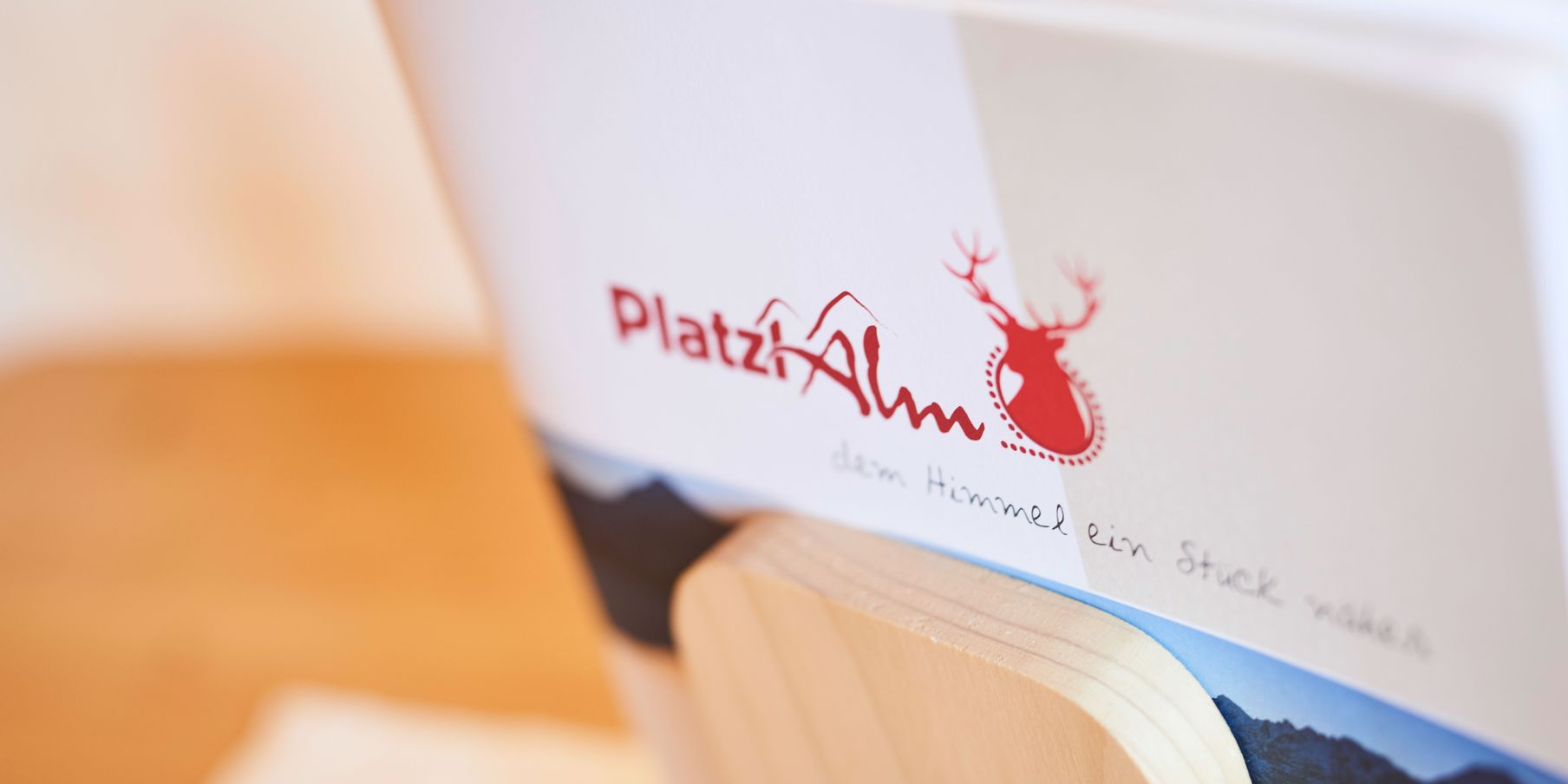Altitude training for better breathing
Breathe deeplyWe usually associate altitude training with top athletes. Well-trained athletes train in high-altitude climates for more efficient performance. The high-altitude climate and gentle altitude training are not limited to just competitive sports and extreme Alpine mountain climbers. Especially in the case of allergy sufferers and people with chronic respiratory illnesses, very good results are achieved. By adapting the body to high-altitude climates, the capacity to transport oxygen increases. This improves breathing, reduces the susceptibility to infections, and alleviates general symptoms.
Benefits for allergy patients
- Optimization of breathing technique
- The body's defenses are activated and strengthened
- The lungs are better supplied with blood
- Spasms and slime formation are reduced
- Strong attacks subside
How does altitude training work exactly?
In the mountains, the air is "thin" - at least that's what it feels like. More precisely however, only the air pressure changes according to altitude, and the oxygen concentration remains the same. Even on the summit of Mount Everest, the air has an oxygen content of 20.9% just like at sea level. The air pressure, however, drastically changes so that at an altitude of 5500 m, in comparison to sea level, the air pressure is reduced by half. With lower air pressure, the partial oxygen pressure sinks and thus the amount of oxygen that can be absorbed through respiration. This leads to a lower oxygen saturation in the blood of humans, and thereby a chain of adaptation is activated in the body. After a certain time, depending on altitude, the body has adapted to the changed air conditions: it has acclimatized.
With altitude training, the body tries to compensate for the oxygen deficit due to the "thin air" by increasing heart and breathing activity. This results in an increased respiratory minute volume, i.e. the lungs are filled with more air, and the blood circulates faster through the body.
In order to additionally support the fluidity of the blood and thus oxygen transport at a cardiovascular level, the vessels widen (vasodilation) and enable better oxygenation of the body.
The capillaries are responsible for the exchange of substances between the blood vessels and surroundings. These capillaries can be thought of as very thin vessel branches. In comparison to arteries or veins, they have a significantly higher surface area in relation to the transported blood volume. With high-altitude training, the number of these tiny branches and thus the surface area is increased (capillarization), and the exchange of substances is increased and improved.
In addition, there is an increase in mitochondria, the so-called "powerhouse of the cells". They provide the supply of energy in the form of ATP (adenosine triphosphate). In human cells, mitochondria occur in various concentrations. Cells that especially use a lot of energy, such as muscle cells, inherently have a higher concentration. Training at high altitudes increases the number of mitochondria, which also contributes to increased endurance.
With longer stays at high altitudes, the body begins to release the hormone erythropoietin (EPO), which subsequently boosts the production of oxygen-carrying cells (erythrocytes). Due to the higher number of erythrocytes, the body is able to transport more oxygen through the bloodstream to strained muscles and thus better supply them.



